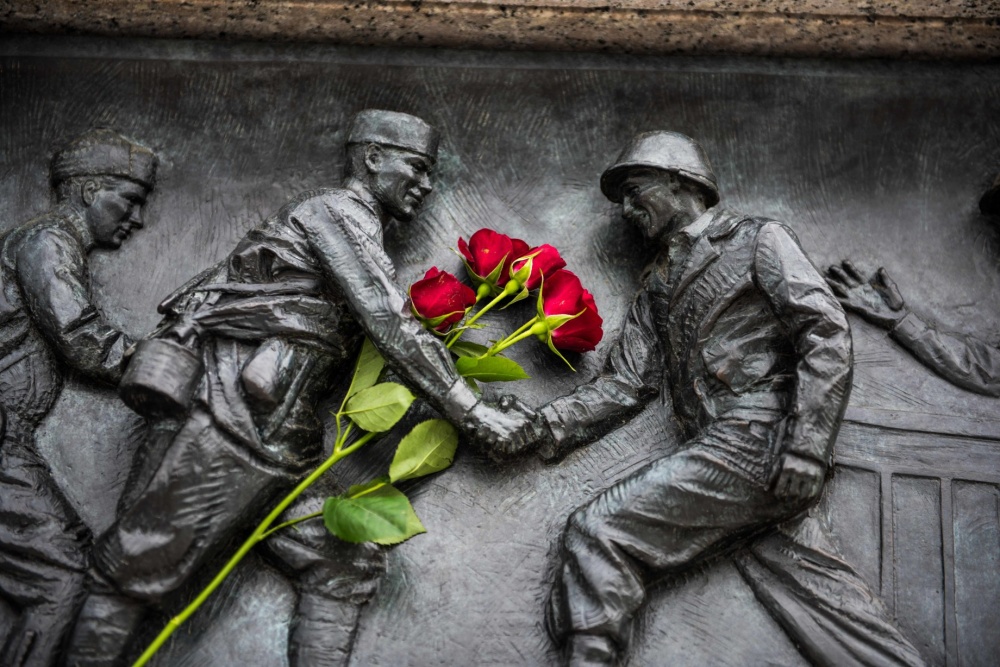On May 7, 1945, the Allied forces of the United States, the United Kingdom, France, and the Soviet Union forced the unconditional surrender of Nazi Germany. The following day, May 8, citizens around the world celebrated the news of “Victory in Europe (V-E) Day.” It celebrated the formal acceptance by the Allies of Germany’s surrender of its armed forces, marking the end of World War II in Europe. It was the first hurdle on the path to ending World War II.
V-E Day was by no means the end of the war. It would be another four months before Japan would surrender to the Allies in Tokyo Bay on September 2, 1945, known as “Victory over Japan (V-J) Day.”
May 8 had been a long time coming. The tide had changed in favor of the Allies after the Soviets held back the German army at Stalingrad, in a bitter five-month campaign in 1942-43. With the Nazi war machine checked, there was light at the end of the tunnel. However, for two more years battles raged on land, sea, and in the air. Millions of people would lose their lives. Cities, towns, whole communities were lost overnight.
At the World War II Memorial, 24 bas-relief sculptures recount the progress of United States war effort. The last bas-relief depicts the overwhelming excitement of soldiers, sailors, airmen, and civilians alike on V-J day, but it easily translates to the emotions felt and expressed on V-E Day.
V-E Day is celebrated every year. During anniversary observances, fewer and fewer of those who witnessed it are with us. Visiting the World War II Memorial in Washington, DC ensures that while their presence may be soon lost, their legacy will remain.

